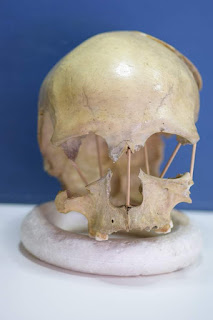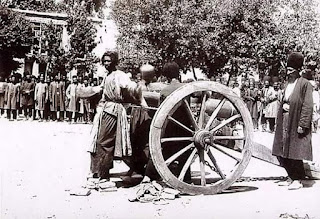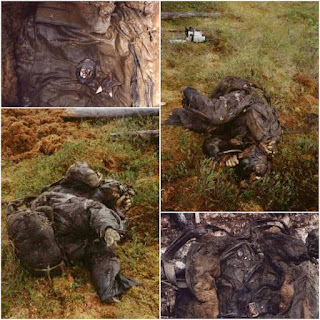The skull of a woman, who lived 35,000 years ago, was found in the Romanian Peştera Muierii cave, in 1952–world history and facts.
The skull of a woman, who lived 35,000 years ago, was found in the Romanian Peştera Muierii cave, in 1952–world history and facts.
Although some skeletal elements show Neanderthal-like traits, the Aurignacian tool found in the vicinity makes it likely that the human remains can be associated with this technological tradition.
Next, the Cranium has been suggested to exhibit a mosaic of morphological features related to both AMHs (anatomically modern humans) and Neanderthals, the genome shows similar levels of Neanderthal admixture (interbreeding).
In the end, the scientists who extracted DNA from the tooth of the skull mentioned "she is not a direct ancestor of modern Europeans, but she is a predecessor of the hunter-gathers that lived in Europe until the end of the last Ice Age,” says Mattias Jakobsson, professor at the Department of Organismal Biology at Uppsala University and the head of the study.


.jpg)

.jpeg)






Comments
Post a Comment